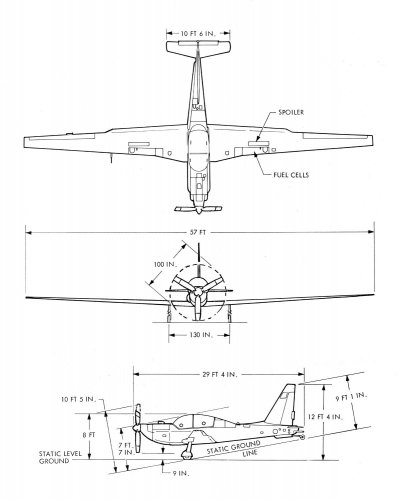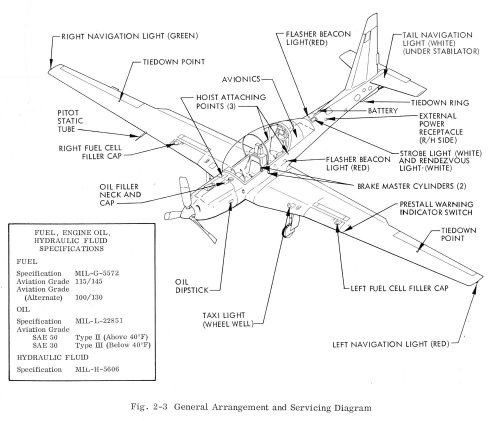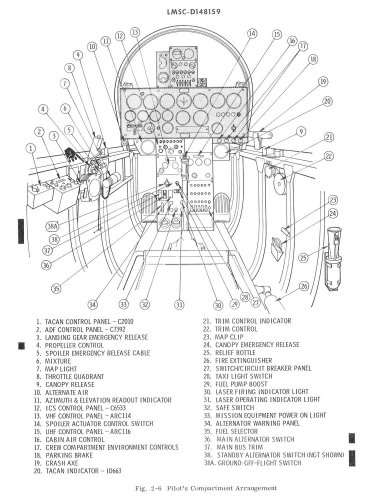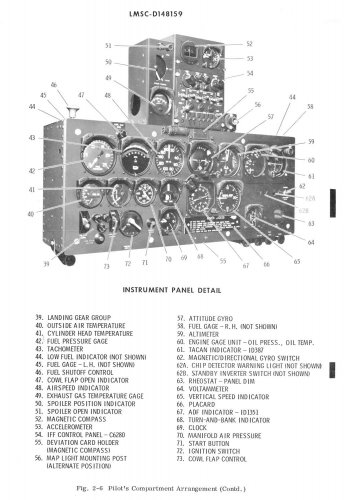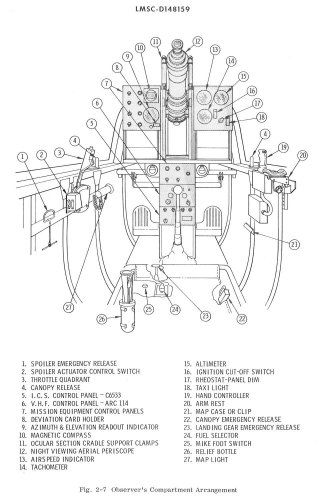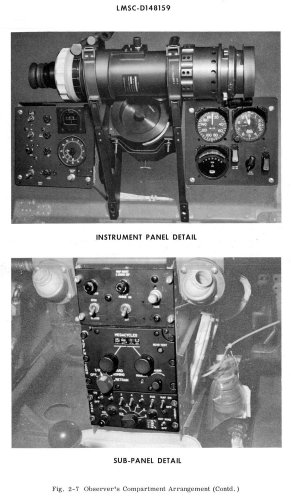I did some small research regarding the nav equipment of the YO-3A.
It seems to me that there were two TACAN setups. The early one consisted of the following items:
AN/ARN-21 TACAN (or later, particularly 28V DC-powered solid-state ones) + ID-250 RMI + ID-249 Course indicator.
The newer one as described in the scans of pilot's manual as posted above consisted of the following pieces of rig:
AN/ARN-52(V) TACAN with the C-2010 control head + ID-387 TACAN indicator + ID-663 TACAN indicator.
As far as the ADF is concerned, it seems that this setup was used on newer YO-3As:
AN/ARN-89 ADF with the C-7392 control head + the ID-1351 ADF indicator
I do not know which ADF, if any, was used on the older version. However, if the ID-250 RMI was ideed used, I guess the compatible AN/ARN-59 or the AN/ARN-83 could have been installed.
Any suggestions and comments are welcome.
